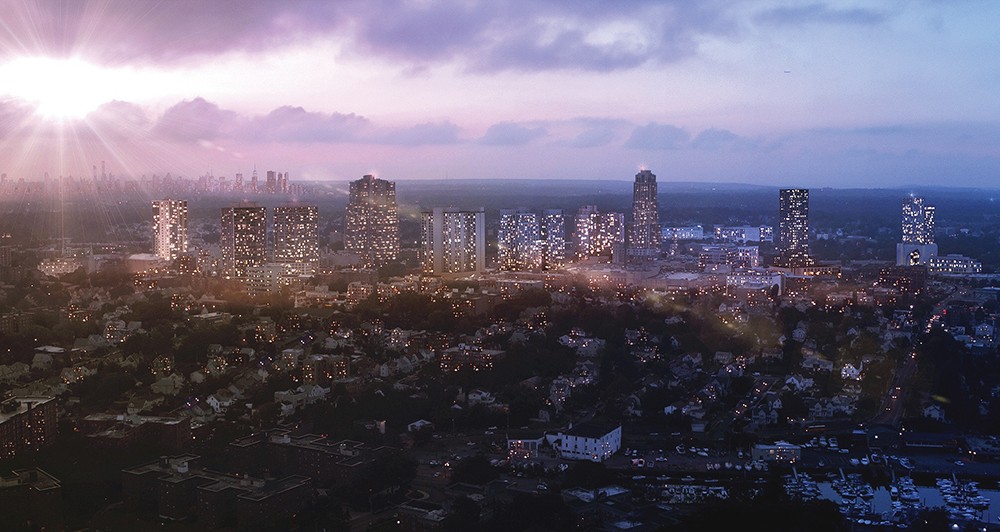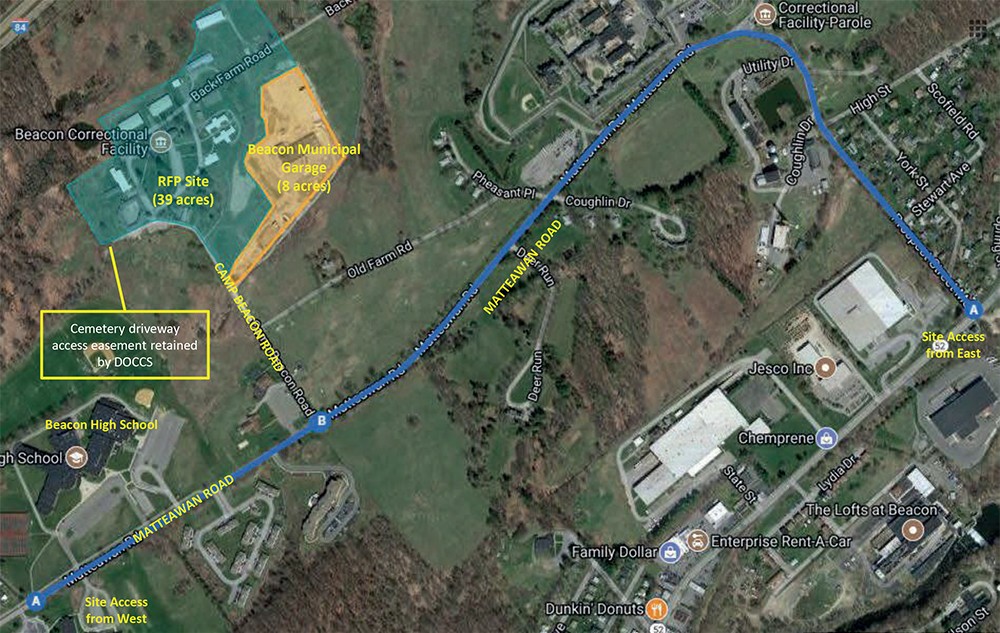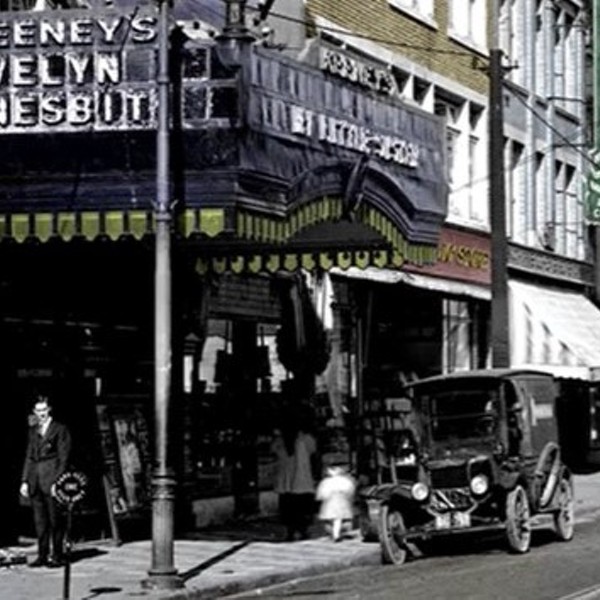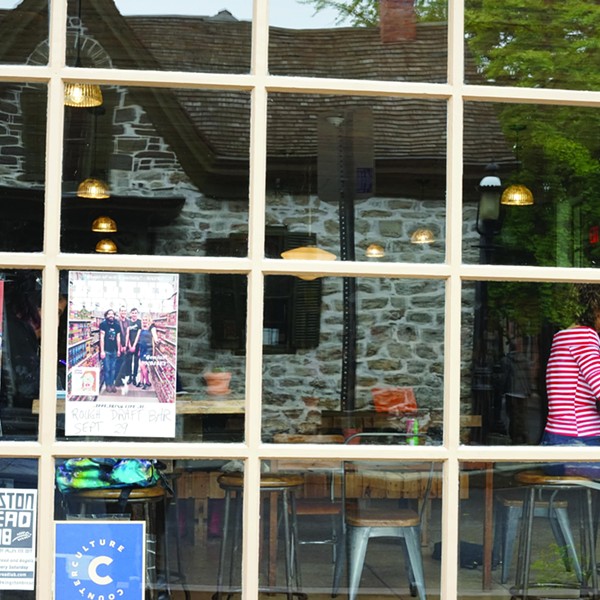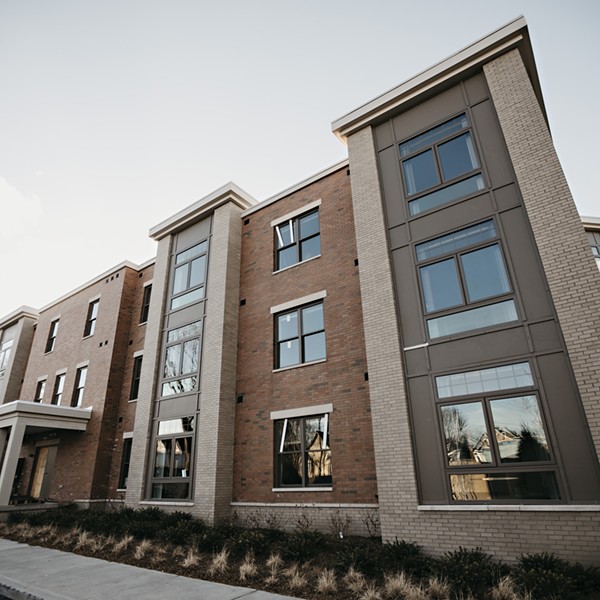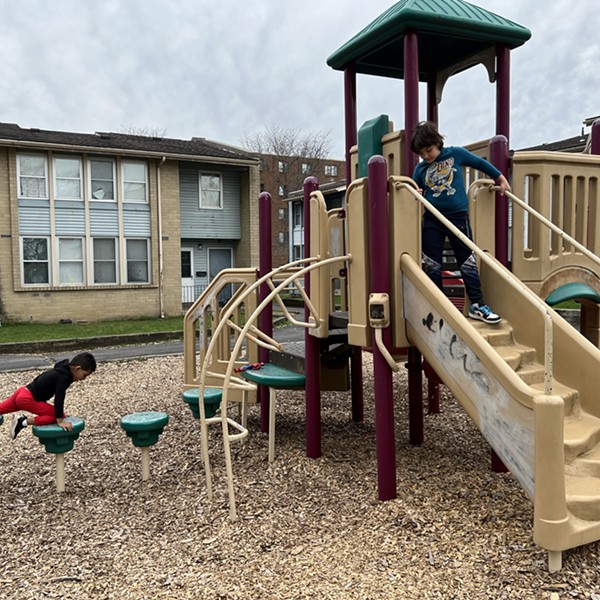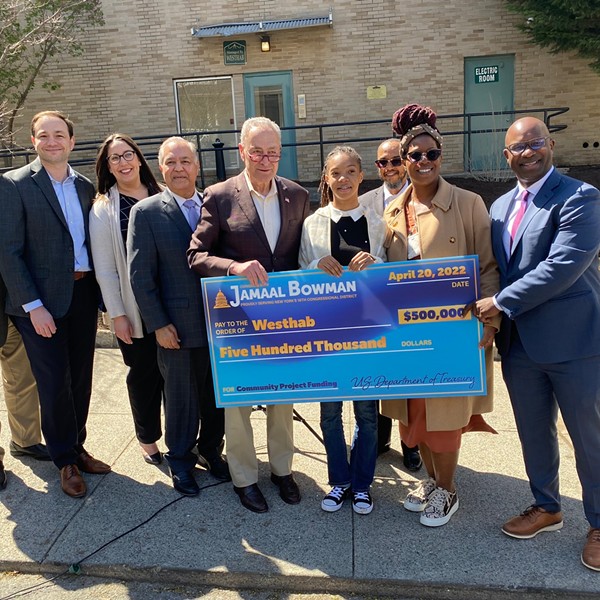As the Hudson Valley’s backwoods-vogue lifestyle is adoringly chronicled everywhere from national publications to the pages of this magazine, there looms a hundred-million-dollar question: How do we create thriving, equitable, and culturally rich cities in the 21st century?
Walkable neighborhoods, economic opportunity, green spaces, public transit—these are all hallmarks of a thoughtfully developed city. But the rapid transformation of a neighborhood or city by what the writer and activist Jane Jacobs called “cataclysmic money” can be, well, cataclysmic, doing real damage to the lives of longtime residents.
Throughout the 20th century, we rezoned and urban renewal-ed neighborhoods out of livability; deregulated housing and urban development, and destabilized local populations. This is no less true in post-industrial cities in the Hudson Valley than in other parts of the country. But now that many of those same cities are starting to rebound, there’s an opportunity to do things differently.
“We can’t make up for the sins of the past, but we can make sure we don’t repeat the sins of the past,” says Poughkeepsie Mayor Rob Rolison.
The question of how is especially pertinent now, as the population of the nation’s three largest cities continues to shrink. New York City lost about 100,000 residents in 2018 alone. Whereas in the past, many who left the city were consciously trading urban chaos for pastoral peace, today there’s a trend of folks relocating to small and mid-sized cities, driven largely by the need to find affordable housing and a better quality of life.
These trends are putting a lot of pressure on more affordable adjacent regions—places like the Hudson Valley. But there are positive signs locally. Legislation passed by the state earlier this year increases renter protections and allows qualifying municipalities to opt in to the rent stabilization rules of the 1974 Emergency Tenant Protection Act. While stipulations on vacancy rate and minimum units will preclude many local communities from qualification, the new rules could have a big impact in the cities where it is rolled out. Kingston—where the vacancy rate is just 0.58 percent and the average rent for a one-bedroom apartment has surged past $1,000, according to the 2018 Ulster County Rental Housing Survey—looks poised to be the first Mid-Hudson Valley city to adopt the measure.
Nonprofits throughout the region are enacting forward-thinking policy and planning strategies to create more equitable cities. And some local leaders have even gotten in on the act, seizing the opportunity provided by renewed interest and investment in the Hudson Valley to create better places to live.
What’s Happening Here?
As the journalist Enav Moskowitz writes in their book How to Kill a City: Gentrification, Inequality, and the Fight for the Neighborhood, in areas dealing with blight and abandonment, private investment alone usually makes for an unequal recovery. “Believing that hipsters can reverse the consequences of late-stage capitalism is a more attractive thought for city planners in cash-strapped cities than realizing that many American cities are, for now, screwed thanks to post-industrial decline and growing inequality. Gentrification may provide a new tax base, but it also reshapes what cities are, turning them into explicit supporters of inequality, reliant on it to self-fund, yet still unable to meet the needs of their poor.”
In this article, we’ll look at some promising initiatives aimed at keeping rents affordable and fostering equitable economic development, so that the resurgence of the Hudson Valley doesn’t drive out the people who already live here. It is far from comprehensive; all communities are different, and there are no silver-bullet solutions. But over the last few years, Hudson Valley cities “have really started to take the lead in New York State to attract and retain a skilled workforce by encouraging smart development and supporting small business growth,” according to Michael Oates, president and CEO of the Hudson Valley Economic Development Corporation.
Oates credits this to a combination of political decisions like “zoning changes that promote healthy, walkable communities that have the right mix of retail and commercial opportunities while protecting our natural resources,” combined with targeted capital investment and support from area nonprofits, business incubators, and state development grants.
The Good Kind of Redistricting
Oates points to New Rochelle as an example of how smart zoning choices foster sustainable development. In 2015, the Westchester city changed its zoning to create a downtown overlay district, a tool that creates special provisions (often in the form of regulations and/or incentives) to the underlying zone, dictating land usage based on structural placement and design rather than predetermined standards. The resulting plan established six special districts, each with specific form-based building and zoning codes meant to preserve key neighborhood character traits and promote revitalization. The new code also requires all projects to provide 10 percent of the residential square footage at 80 percent of area median income (AMI), on a permanent basis. In three years, New Rochelle has approved more than 30 new projects.
The city paired this with a suite of initiatives meant to protect local residents as developers came to town. The most notable of these is the Fair Share Mitigation Fund, which is meant to compensate for development’s impacts on schools, sewage systems, traffic, emergency services, and other local amenities to ensure that taxpayers receive a net benefit. According to city documents, “all projects opting into the DOZ will be required to make a one-time Fair Share Mitigation payment based on square footage, use category, parking spaces, and adjustment factors.”
State government has also played a critical role in revitalization efforts. Empire State Development (ESD), an umbrella organization for the state’s two main economic development financing entities, encourages job creation and business investment with loans, grants, tax credits, real estate development, and marketing, among other tools. ESD directs support at the anchors of the Mid-Hudson Valley economy: biotech and life sciences, advanced manufacturing, agribusiness, and food and beverage.
One recent highlight, according to ESD spokesperson Adam Kilduff, is the redevelopment plan for the Beacon Correctional Facility. The former minimum-security prison campus sits on 39 acres one mile outside downtown Beacon. ESD allocated $6 million in grant funding to redevelop the site and issued a Request for Proposals last September. The winning proposal, from Urban Green Food, “will create a campus focused on food, farming, sports, education, hospitality, and recreation,” and will generate an estimated $62 million in revenue and 150-250 permanent jobs, according to ESD. The developer, Urban Green Builders, is based in New York City, but reportedly will partner with local businesses Common Ground Farm and All You Knead Bakery to complete the project, which still needs to pass board and comptroller approval, and undergo an environmental review process.
This Is Just a Place
The 2011 passage of the Land Bank Act in New York has offered local communities a progressive solution to the problem of vacancy and blight and, in Newburgh, a pathway to affordable, high-quality housing. The nonprofit Newburgh Community Land Bank (NCLB) was one of the first land banks established in the state. Since 2012 it has been acquiring vacant or abandoned properties (primarily in the North of Broadway neighborhood), doing all the legwork of assessing damage and making repairs—including structural and environmental assessments, lead and asbestos abatement, clean-up, and renovation—and then transferring the clean, stable shells to new owners, such as small-scale developers, nonprofits like RUPCO and Habitat for Humanity, or first-time homebuyers, through a variety of programs.
So far, NCLB has acquired more than 100 properties and returned 60 to active use. Most of the funding comes from grants awarded by the New York State Attorney General’s office. Properties are typically sold via a Request for Proposals process, which allows the land bank to do the necessary vetting to make sure buyers meet specific requirements of sustainability and community benefit.
“The idea is to work with the urban fabric as it is to create affordable housing and homeownership opportunities for people to live and stay in Newburgh,” says Diana Mangaser, a designer and architect who also runs NCLB’s Artist-in-Vacancy program. “There's such a great building stock here that if we can rehabilitate and salvage them through partnerships, then we really get a better neighborhood.”
On an overcast Thursday last month, Mangaser led me on a walkthrough of a property in the land bank’s Neighbors for Neighborhoods initiative, which will sell fully renovated two-family townhomes at low cost to local homebuyers. The new homeowners will then rent out the second unit at an affordable price, giving them a source of income. The land bank will also connect the new owners with a landlord education course.
When NCLB acquired this particular property four years ago, the floors were sagging, the wood was rotted out, the copper wiring had been stripped, and the lower level had been divided into several single room occupancies. Now after a nice reno, historic detail and character have been preserved, and new fixtures, flooring, and appliances have been added. “There should be no stigma around what affordable housing looks like or what it is,” Mangaser says.
NCLB’s founding executive director Madeline Fletcher, a former land use lawyer, quickly recognized the benefits of the land bank movement, which was already active in the Midwest. “Unlike a lot of places around the state, [in the Hudson Valley] we have these concentrated downtowns that are having renewed interest in development,” she says. “The acquisition is intended to be temporary, so you can make a thoughtful decision. It’s a good model to prevent being totally overwhelmed by development pressure.” Fletcher has had many conversations with other cities, including Kingston, that are in various stages of organizing land banks as a way to ensure equitable downtown development.
“The land bank is a tool to help correct a broken market—we’ll know we have succeeded when we close,” Fletcher says. “The goal is not to make this a fancy and inaccessible place. We want to make this place better, and with that, provide opportunities for everyone who is here.”
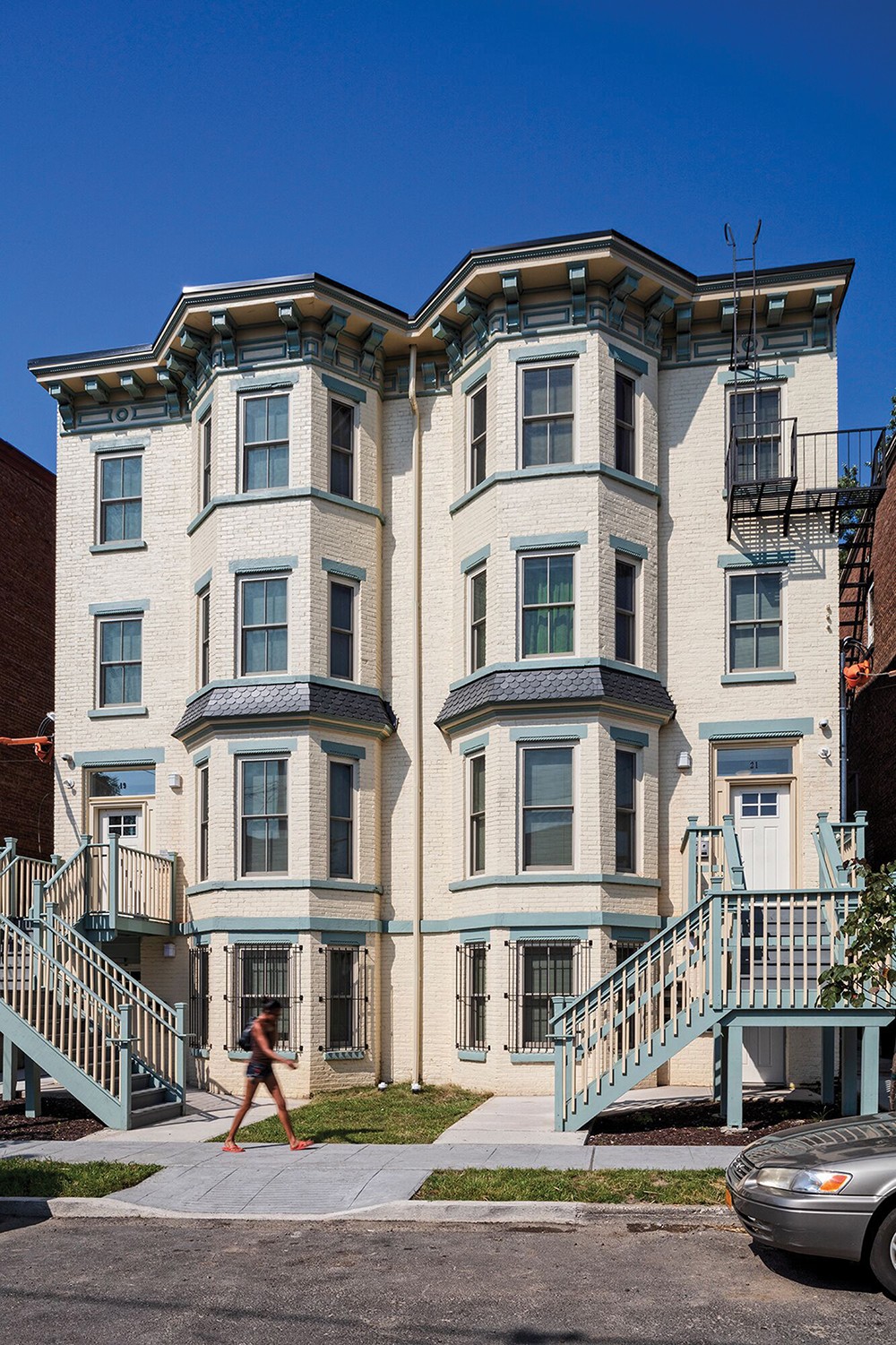
Gentrification vs. Development
Beacon is a microcosm of the debate over development and gentrification in the Hudson Valley. Within a year of Dia:Beacon’s arrival in 2003, the median home price rose 25 percent to $227,623, according to Zillow. It’s now at $318,100. The median household income, meanwhile, has stayed relatively stable, according to a five-year estimate by the Census Bureau’s American Community Survey.
But Dia’s arrival isn’t the whole story. Mayor Randy Casale, a Beacon native, remembers when “the city was boarded up and Main Street was on the outs.” In the 1980s and ’90s, many buildings on the main drag were left to decay, and renters lived in street-level commercial spaces.
Clara Lee Gould, who served as mayor from 1990-2007, installed a full-time code enforcement board, which forced absentee owners to get buildings up to code and regulate use. “That’s really what turned our city around,” Casale says.
In 2007, the city of Beacon issued a comprehensive plan (updated in 2017), which altered zoning to allow developers to repurpose some of Beacon’s old industrial properties as mixed-use, hotel, and commercial property.
There’s also been a surge in residential development, which Casale has welcomed but has created affordability concerns. In response, the city passed a measure requiring that for every 10 new rental units that come online, at least one must be “workforce affordable.” There’s no legal definition of workforce-affordable housing, but rents for those units cannot exceed 30 percent of the median household income. Of the 928 units that are either being built, have been approved, or are before the planning board, 216 will be “workforce affordable,” Casale says, and must stay that way forever, with any rent hikes pegged to the Consumer Price Index.
“I always say, ‘We’re not developing, we’re redeveloping,’” Casale says. “You need a tax base to run your city.”
Casale adds that affordable housing is important, but the “biggest task” facing Beacon is attracting jobs. “The price of housing is going up across the country, but wages are staying flat,” he says. “So we need to be able to create some jobs with incomes so people can afford the cost of housing.”
But the pace and scale of development in Beacon has prompted concern among local citizens. Dan Aymar-Blair, one of the organizers of the People’s Committee on Development, which successfully lobbied the city council to adopt a six-month building moratorium in September 2017, is now running for city council on a platform of pushing for transparency, fairness, and sustainability in the face of development pressure.
“Every voter I talk to tells me they’re concerned about development,” Aymar-Blair says. He wants to put in place an architectural review board to address the “aesthetic component” of any new development; introduce community benefit agreements and more sustainable and affordable housing provisions; and offer more training for the city’s zoning board of appeals.
“The cautionary tale of Beacon is when you’re trying to attract investment, you better have a plan to make it work in your community,” he says.
On this, perhaps, Aymar-Blair and Casale can agree. “I tell other mayors, ‘Watch what you wish for,’” Casale says. “People want to be the last one in. I get that change scares people, but for the city to be prosperous and move forward, we need to do what we’ve been doing.”
The Whole Picture
Ask a hundred Hudson Valley residents how the region should develop, and you’re likely to hear a hundred different answers, but most will agree that the displacement that usually accompanies gentrification is unwelcome, and that we need to think more holistically when planning redevelopment projects.
Instead, according to Poughkeepsie common councilmember Sarah Salem, all too often we do it piecemeal, based on what cities think is a need. “But who’s coming to us to determine those needs?” they ask.
Salem describes a recent city council meeting in which members debated a zoning text amendment to expand commercial uses for Poughkeepsie’s Union Street Historic District. When another councilmember asked why she should support the amendment when her ward was dealing with similar issues, Salem wondered why the council hadn’t considered an amendment there, too?
“One way we can encourage more equitable and inclusive development is to stretch our minds a little bit and say, ‘This developer and this specific neighborhood is hot right now, but we should be spending more time thinking about sympathetic changes throughout each zone in our cities,’” Salem says. “Then, multiple neighborhoods benefit from the same changes, benefit from a social ecology that’s mindful of place, space, and the people that exist there.”
If Beacon is a cautionary tale of sorts, Poughkeepsie could be a test case for the lessons learned. Both cities have some of the same assets (historic housing stock, proximity to New York City via train, and a waterfront district) to overcome similar problems (blight, disinvestment, the ravages of urban renewal). “In an ironic way, being behind the curve makes us the beneficiary,” says Poughkeepsie community development coordinator Paul Hesse. “We get to observe what other communities are doing right and what they’re challenged with.”
Poughkeepsie’s already come a long way. When Rolison took office in 2016, there was no city planning department and no economic development apparatus. Early on, Rolison focused on building capacity and trust with the city’s anchor institutions and community organizations. Hesse joined that year to help support revitalization efforts.
From a development perspective, Poughkeepsie can accommodate more density than a place like Beacon due to its size, though it also has more distinct neighborhoods to consider when planning, Rolison says. But “we have always considered the downtown area to be most critical to the rebirth of the city, because that’s the economic center,” he adds. “For other areas of the city to flourish, you have to have a vibrant downtown.” As successful examples of development Poughkeepsie, Rolison points to mixed-income artist housing at Queen City Lofts and the adaptive reuse of the old King’s Court Hotel into 40 Cannon Street, a mixed-use complex with apartments, a brewery, wine bar, and gallery space.
According to Rolison and Hesse, in the near future the city will look to update its comprehensive plan (last done in 1998) and address the most visible scars of urban renewal: the Route 9 North-South and Route 44/55 East-West arterials. Poughkeepsie has recently partnered with the Dutchess County Transportation Council on a study that will weigh transportation alternatives that make it easier for the 30 percent of its residents who don’t own a car to get downtown and to their places of work. “It’s a quality-of-life issue, and an equity issue,” Hesse says. “We’re taking the first meaningful steps on studying how to undo these historical wrongs.”
Reframing discussions and decisions about development in a more holistic way forces elected leaders not just to state a vision for the future but to answer the types of questions that often don’t figure into a quick calculus when there’s a lot of money on the table. Questions like: What kind of city do we want to be? What are we developing toward?
“We’re seeing growth, but we have to make sure we’re taking care of the individuals here now, not the ones who might come,” Rolison says. That approach has the promise of repositioning the threat of gentrification into an opportunity to foster effective, equitable, and inclusive economic development in the Hudson Valley. It will require a patchwork of approaches, more visionary thinking, and community involvement.
“We’re chipping away at the edges, identifying things that have been errors in our racist and oppressive past,” Salem says. “For a while, the city experienced a lot of neglect and misguidance—handing out space and favors to developers and anyone else who wanted to come in and wring out the city for what it’s worth. We’re recovering from that, but a lot of small urban communities have a similar story. That’s a national issue—what we’re dealing with here is not unique. It just feels closer to home because here we are, at home.”
This article was published in the October 2019 issue of Chronogram.







